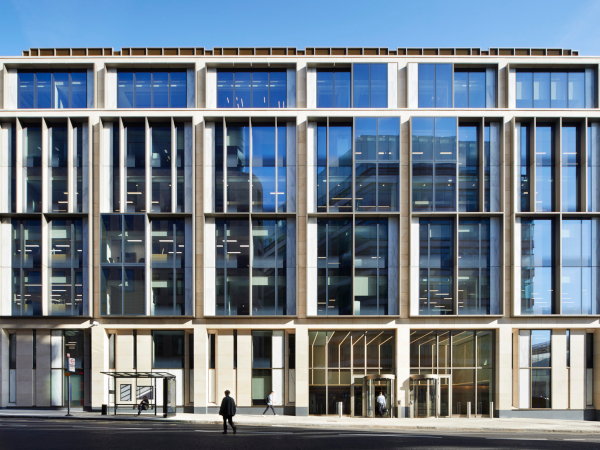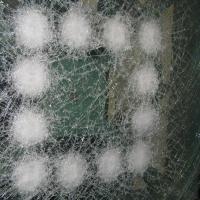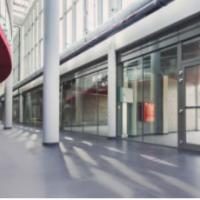Date: 17 December 2009
The Grade II Listed building in Whitehall Place, Westminster occupies the former site of Scotland Yard, the original headquarters of the Metropolitan Police at a time when the famous, if fictional, detective and the infamous, but real, killer were on the prowl. The current building, which dates from the 1950s, has been completely refurbished to provide 135,000 sq ft of government offices in an area adjacent to Westminster and several other government departments.
Within the ten-storey building – only the façade has been retained - Wrightstyle Ltd, the steel glazing systems supplier, has provided 700 sq metres of its advanced T-Series curtain walling, to form a secure four-sided internal atrium and light-well – a focal architectural feature within the main entrance to the building.
Combining aesthetic properties normally associated with aluminium and the structural strength of steel profiles, the T-Series curtain walling system allows for large expanses of glazing to be safely and cost-effectively achieved without the need for secondary support assemblies.
The T-Series system forms part of Wrightstyle’s comprehensive range of curtain wall and roof glazing systems, all of which have been rigorously tested to British and international fire resistance standards, for up to 120 minutes of integrity and insulation against fire and smoke.
Recognised internationally as being technologically-advanced, each Wrightstyle steel or stainless steel system is made from cold or hot-rolled steel profiles, available in a variety of depths and wall thicknesses, combined with capping options to suit any requirement. With an international client base and local fabricator network, Wrightstyle combines technical superiority with a local presence in each of its markets.
The company has also been at the forefront in developing and successfully testing highly-specialised blast-resistant systems, allowing architects and designers to incorporate large spans of glass into their designs, for even the most sensitive of buildings.
Born out of terrorist necessity, the development of modern blast-resistant systems also reflected the priorities of a report written for the US National Academy of Engineering. It said that “a more proactive approach [to designing safe buildings] is to develop glazing materials that meet aesthetic and functional design objectives but do not contribute to the explosion-induced projectile hazard.”
The key requirement for anyone involved in specifying blast-resistant glazing systems is to ascertain what level of testing the product or system has undergone and whether the glass and framing system have been tested together as one unit.
This is an important point in a report from the Applied Research Association. It states: “As a general rule, products that have been specifically engineered to perform well in blast environments perform much better than those products that have undergone limited or no research and development in this area.”
For such applications, suitable glass is not just the only consideration. It has to be properly supported and retained by a high-performing frame, suitably tested to meet the level of enhanced security required.
The redeveloped Whitehall Place provides a good example of what can now be achieved when specialist glass and a high-performing steel glazing system are utilised together. The result is aesthetically stunning: a safe and secure glass structure of which even Sherlock Holmes would have approved.
You can visit the company at www.wrightstyle.co.uk
PS: The original Scotland Yard was occupied by the Metropolitan Police between 1829 and 1890. Sherlock Holmes and Doctor Watson moved into Baker Street in 1881. Jack the Ripper’s first reported victim was in 1888. Scotland Yard takes its name from the area that was used to house visiting Scottish dignitaries.


















Add new comment